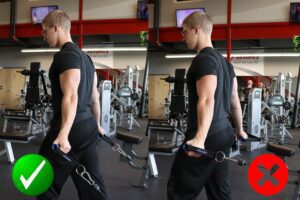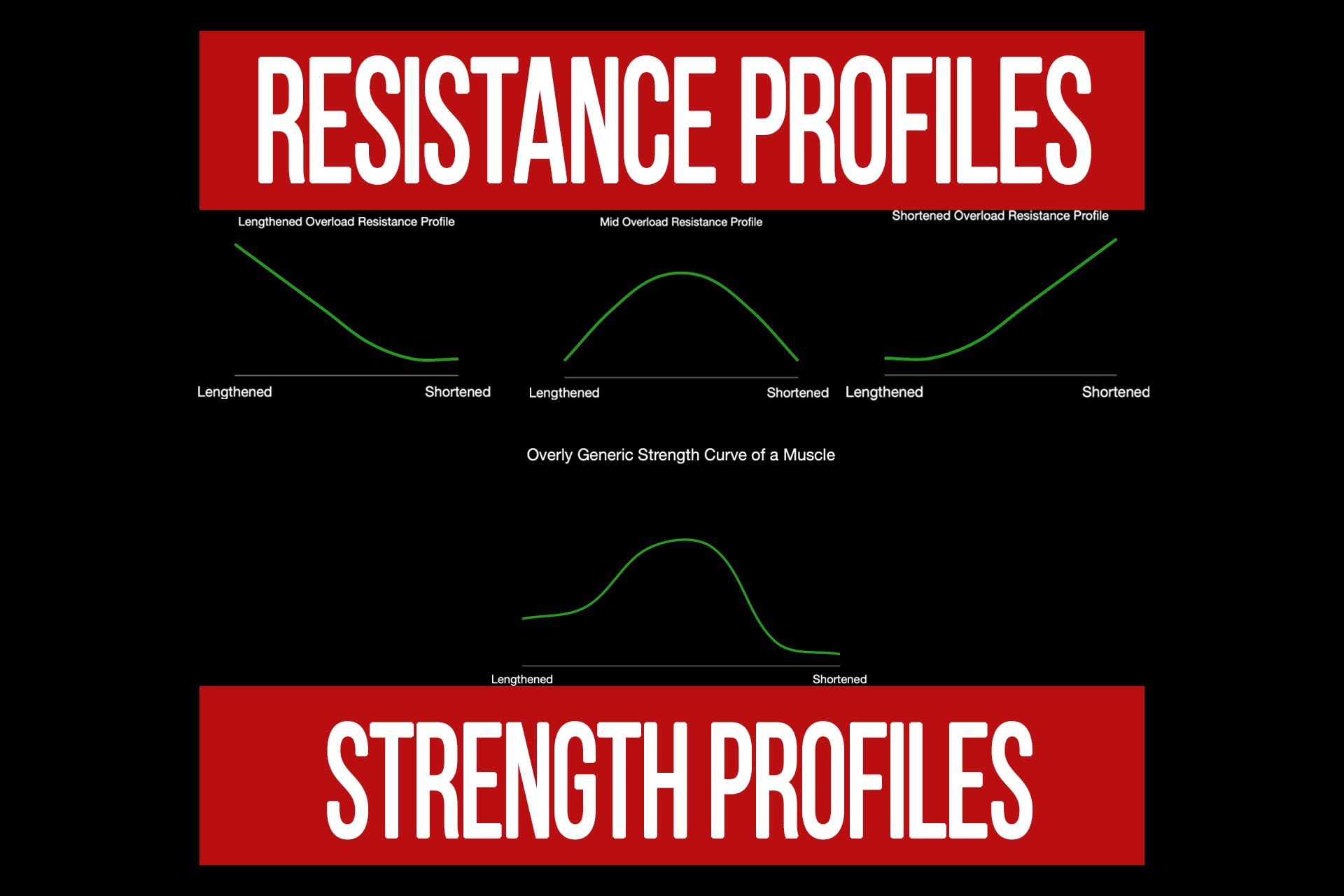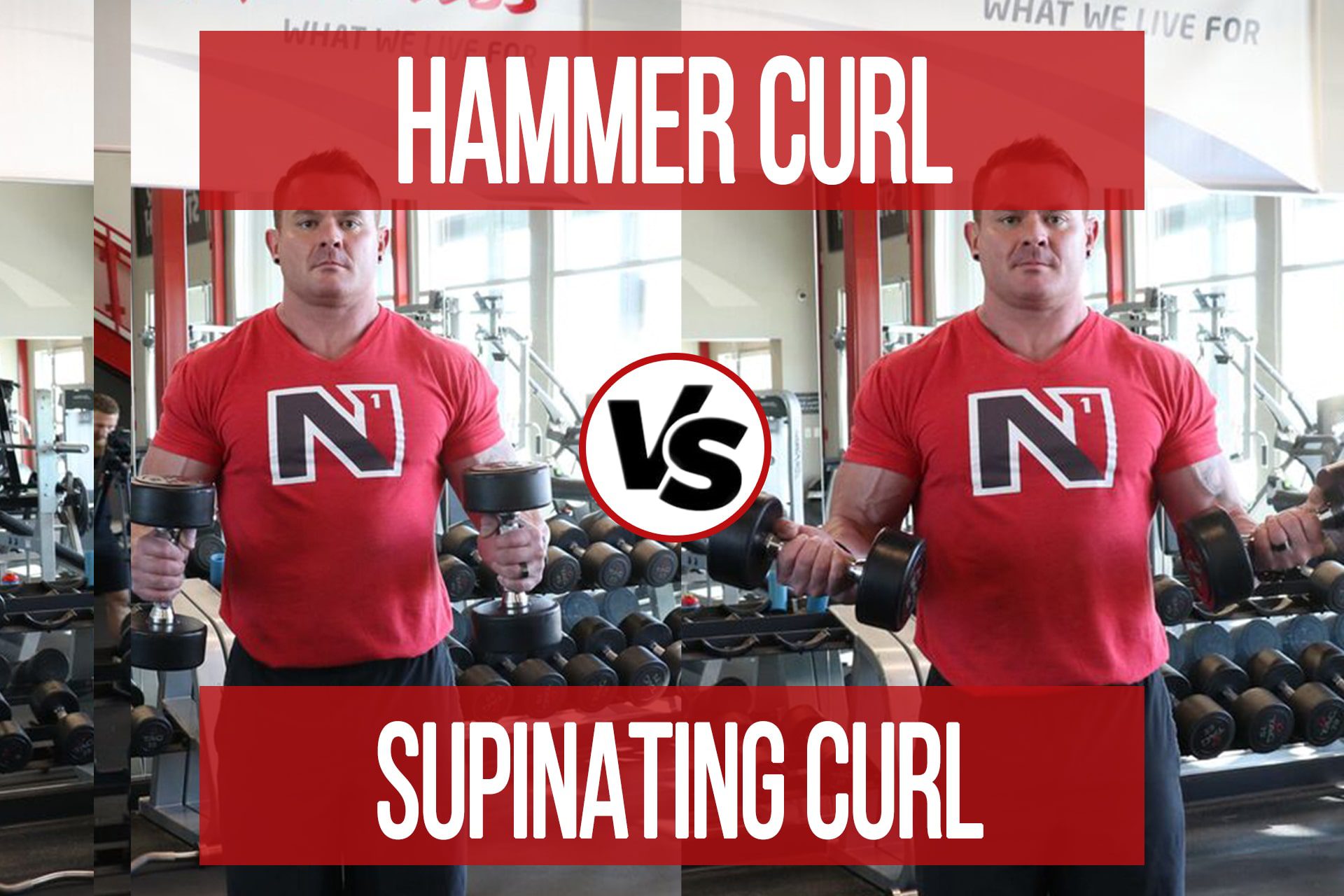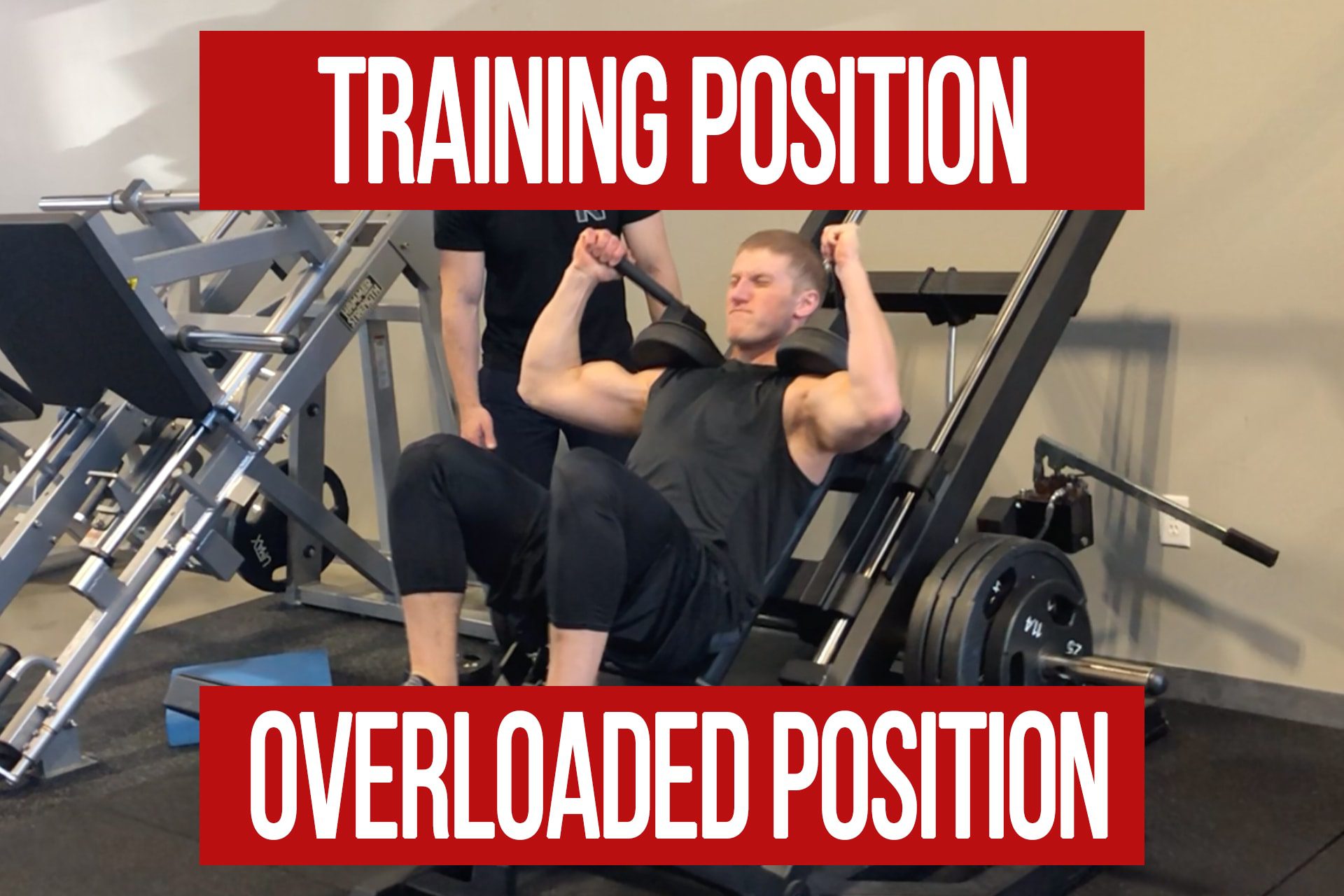Incline DB VS Cable Curl
n1 training
At first glance, one might think that the incline dumbbell curl and cable curl are the same. While both exercises are performed with the biceps in a stretched or lengthened position, they do not provide the same resistance.
Resistance Profiles
The dumbbell’s resistance is in line with gravity (straight down) which means at the bottom position, it is providing little resistance to the biceps. Instead, the dumbbell gives the most resistance in the middle of the movement (provided you don’t swing it).
The cable gives you the ability to add resistance in the bottom position when the biceps are fully lengthened. It will have less resistance in full elbow flexion relative to the DB version because as the cable gets closer to the elbow when you curl it is providing less opposing force to the biceps.
Setup
To overload the bottom of the cable curl, it doesn’t take much, just a slight step away so that the cable is slightly pulling you back at about a 15˚ angle.
A very common mistake is to have the cable pulling almost straight back. This is not ideal for reasons beyond this post. What you need to know is the cable should still be pulling more down than back at the bottom.
In both exercises you’ll want to stay within your active range of shoulder extension. Begin with your shoulder in a neutral position (not protracted or retracted) and then extend your arm behind you, stopping before your shoulder would have to roll forward to extend further.
Finding this degree of shoulder extension also helps you pick the incline angle of the bench for the DB curl. Angle the bench so that when you are in full shoulder extension your humerus (upper arm) is perpendicular to the ground. Any more horizontal and there will be a lot of excess tension to resist at the shoulder, especially in the lengthened position.
Programming
So when might you choose to use one over the other?
Incline Cable Curl
The biceps are both fully lengthened and have a great amount of resistance to overcome in the lengthened position in this exercise. This can make it a useful tool when the goal is mechanical damage as a stimulus for hypertrophy.
It also can provide significant tension through a large portion of the range of motion depending on your setup, which can be useful for both hypertrophy or metabolic stimuli. If you were to incorporate it for a metabolic stimulus you would just want to consider the potential mechanical damage due to the overloaded lengthened position and perhaps not take many sets to failure.
Because this is done in a cable station, it can be easy to fit it into super sets either with another biceps exercise or with exercises for other muscle groups. This can make it a good option if you’re in a busy gym or restricted by time.
One of the great benefits of using cables for arm training is the ability to set up the line of resistance (the cable) to fit your natural arm path. Depending on your structure, this can make it much more comfortable to set up and fit the exercise to your individual mechanics.
Incline DB Curl
While the biceps are lengthened, the point of overload is in the mid range so comparatively this can be less mechanically damaging than the cable variation. Although that does not mean that you won’t or can’t get mechanical damage with this exercise.
Due to the resistance profile of the DB, it does allow you to potentially go to a deeper degree of fatigue than an incline cable curl that is overloaded in the lengthened position. Because the DB curl will be overloaded in the mid range, you could perform partial reps at the end of a set to go past the point of failure with full reps.
This can be useful in certain types of hypertrophy and metabolic stimuli.
One potential downside to an incline DB curl is if you have a structure that is not comfortable to set up with your elbows pointing straight down. Usually this occurs as individuals put on significant muscle mass in the back and triceps. If your elbows are not pointing straight downward (in line with gravity) then the DBs will not be providing resistance directly in line with elbow flexion.
In that case, it may be most comfortable to perform these unilaterally so that you can lean to one side and line up your elbow joint appropriately. Unfortunately, this comes with adding time to your workout and may not be ideal depending on if you’re trying to accomplish super sets for certain stimuli.
Summary
Neither exercise is inherently superior to the other, but one might work better depending on the situation and the goal of your workout.
Take these factors into consideration when designing your next workout to improve your exercise selection and program effectiveness.
If you’d like all the exercise selection and other factors already taken into account and constructed for you, please explore some of the programs available below.
At first glance, one might think that these exercises are the same. While both exercises are performed with the biceps in a stretched or lengthened position, they do not provide the same resistance.
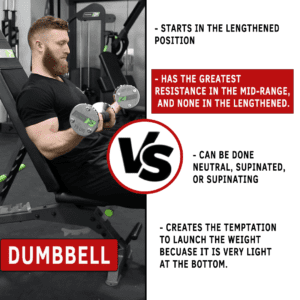
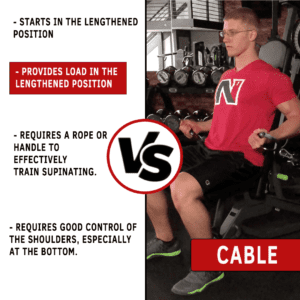
Resistance Profiles
A resistance profile just refers to how difficult an exercise is through its entire range of motion if we were to visualize it on a graph.
The dumbbell’s resistance is in line with gravity (straight down) which means at the bottom position, it is providing little resistance to the biceps. Instead, the dumbbell gives the most resistance in the middle of the movement (provided you don’t swing it).
The cable gives you the ability to add resistance in the bottom position when the biceps are fully lengthened. It will have less resistance in full elbow flexion relative to the DB version because as the cable gets closer to the elbow when you curl it is providing less opposing force to the biceps.
For a brief introduction to resistance profiles, please watch the short video linked at the bottom of this article.
Setup
To overload the bottom of the cable curl, it doesn’t take much, just a slight step away so that the cable is slightly pulling you back at about a 15˚ angle.
A very common mistake is to have the cable pulling almost straight back. This is not ideal for reasons beyond this post. What you need to know is the cable should still be pulling more down than back at the bottom.
In both exercises you’ll want to stay within your active range of shoulder extension. Begin with your shoulder in a neutral position (not protracted or retracted) and then extend your arm behind you, stopping before your shoulder would have to roll forward to extend further.
Finding this degree of shoulder extension also helps you pick the incline angle of the bench for the DB curl. Angle the bench so that when you are in full shoulder extension your humerus (upper arm) is perpendicular to the ground. Any more horizontal and there will be a lot of excess tension to resist at the shoulder, especially in the lengthened position.
Programming
So when might you choose to use one over the other?
Summary
Neither exercise is inherently superior to the other, but one might work better depending on the situation and the goal of your workout.
Take these factors into consideration when designing your next workout to improve your exercise selection and program effectiveness.
If you’d like all the exercise selection and other factors already taken into account and constructed for you, please explore some of the programs available below.


View All Programs
Intro to Resistance Profiles & Strength Profiles
videoAnatomy & Biomechanics Definition Foundation FREE Support
Popular Pages
Learn & Train With Us
Add N1 Training to your Homescreen!

Please log in to access the menu.
